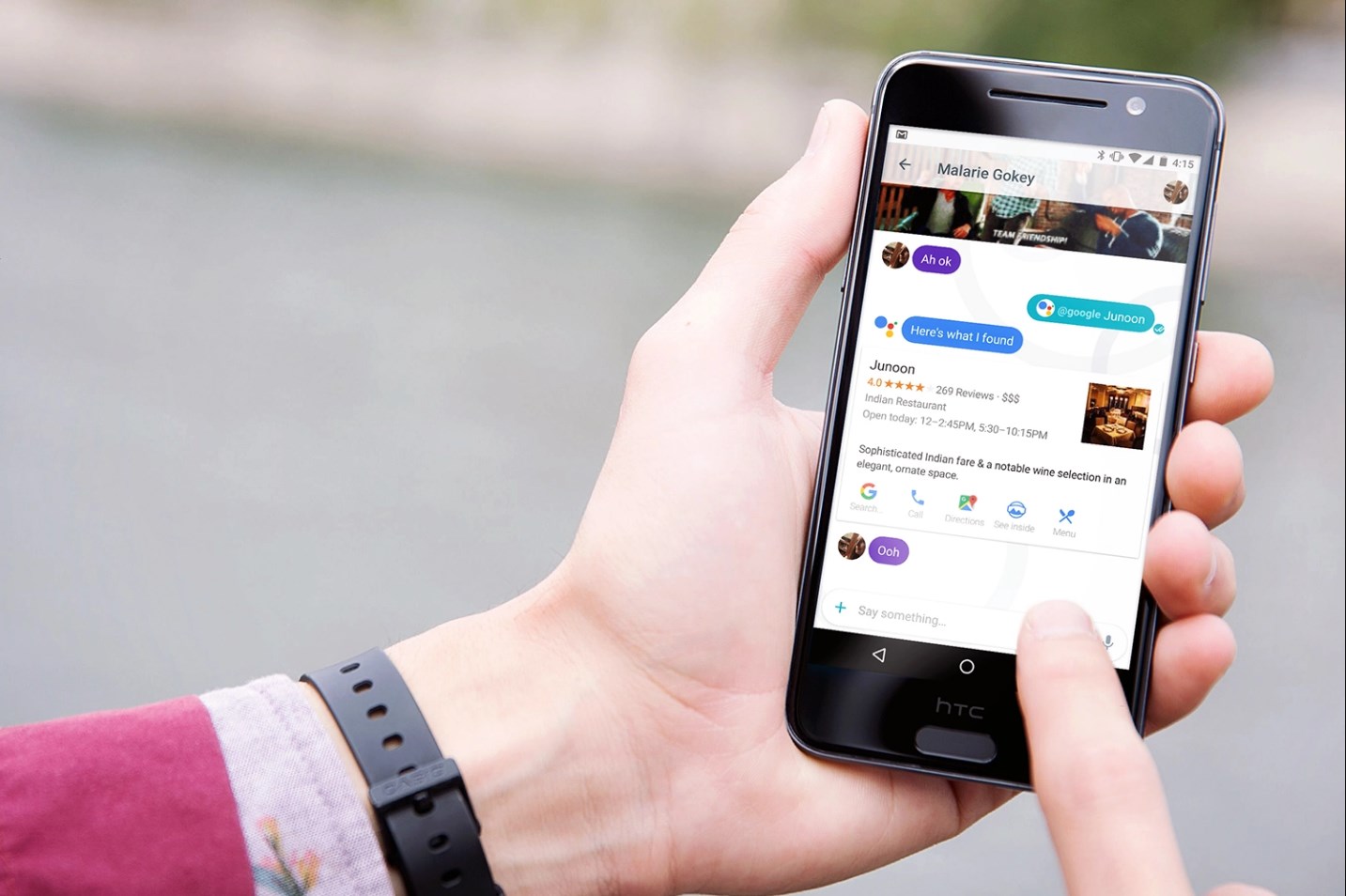Text messaging is an essential mode of communication for most people today, and sometimes, you may want to send a message at a specific time or date, but you forget. In such situations, scheduling a text message can be a lifesaver. Scheduling a text message can ensure that you never forget to send an important message to your loved ones, friends, or colleagues. In this article, we’ll provide a step-by-step guide on how to schedule text messages on your iPhone, computer, and other devices.
Why Schedule a Text Message?
Scheduling text messages is a great way to make sure that important messages are sent at the right time and to the right people. This can be especially helpful if you have a lot of messages to send, or if you are sending messages to people in different time zones. Scheduling text messages can also help you stay organized, as you can plan out your messages in advance and ensure they are sent on time. Here are some other benefits of scheduling text messages:
- Improved efficiency: Scheduling text messages allows you to send multiple messages quickly and easily, without having to manually type each message out.
- Time-saving: Scheduling your text messages ahead of time can save you a lot of time, as you don’t have to worry about manually sending out each message.
- Increased accuracy: Scheduling text messages ensures that you don’t miss any important messages or forget to send them out at the right time.
How to Schedule a Text Message on an iPhone
Scheduling a text message on an iPhone is quite easy and can be done in a few simple steps. Here’s how to do it:
- Open the Messages app and select the conversation you want to schedule a message in.
- Tap on the “i” icon in the top right corner of the conversation.
- Scroll down and tap on “Schedule Message”.
- Select the date and time you want the message to be sent.
- Tap “Done”.
Your message will now be scheduled and will be sent out at the time you specified.
How to Schedule a Text Message on a Computer
Scheduling a text message on a computer is a great way to make sure your messages are sent out on time, even when you’re away from your phone. Here’s how to do it:
- Open your web browser and go to a text message scheduler website.
- Enter the recipient’s phone number, the message you want to send, and the date and time you want the message to be sent.
- Click the “Schedule Message” button.
Your message will now be scheduled and will be sent out at the time you specified.
How to Schedule a Text Message on an Android Device
Scheduling a text message on an Android device is easy and can be done in a few simple steps. Here’s how to do it:
- Open the Messages app and select the conversation you want to schedule a message in.
- Tap on the “More” icon in the top right corner of the conversation.
- Select the “Schedule Message” option.
- Set the date and time you want the message to be sent.
- Tap “Schedule”.
Your message will now be scheduled and will be sent out at the time you specified.
What are some best practices to keep in mind when scheduling text messages?
Scheduling text messages is a powerful tool for businesses to stay in touch with their customers and prospects. There are some best practices to keep in mind when scheduling text messages to ensure that your messages are effective and engaging.
- First, consider the timing of your messages. Text messages are highly personal, so you want to make sure they are sent at a time when they are likely to be read and appreciated. Generally, this means sending messages during the day when people are likely to be in front of their phones and not in the middle of the night. Additionally, you should be mindful of the time and day of the week when your message is being sent, as different days and times may have different levels of engagement.
- Second, think about the frequency of your messages. You don’t want to bombard your customers with too many messages, but you also don’t want to leave them in the dark. Finding the right balance will depend on your customer base and the type of messages you are sending, but generally, you should aim to send messages no more than once or twice a week.
- Third, consider the content of your messages. Your messages should be relevant to your customers and provide them with value. Make sure that your messages are concise and clear, as you don’t want to confuse your customers with too much information. Additionally, you should use personalization, such as the customer’s name, to make your messages feel more personal and engaging.
- Fourth, give customers an easy way to opt-out. You don’t want your customers to feel like they are stuck with your messages, so make sure that you provide them with an easy way to opt-out of your text messages. This could be as simple as including a link in the message to a page where they can unsubscribe.
- Finally, measure the success of your campaigns. Text messages are a great way to track how successful your campaigns are, and you should take advantage of this. Make sure that you are tracking metrics such as open rates and click-through rates to get an understanding of how your messages are performing. This will help you refine your campaigns and ensure that you are getting the most out of your text messaging efforts.
By following these best practices, you can ensure that your text messaging campaigns are effective and engaging. By considering the timing, frequency, and content of your messages, as well as providing customers with an easy way to opt-out, you can maximize the impact of your text messages. Additionally, make sure to measure the success of your campaigns so that you can continually iterate and improve.

